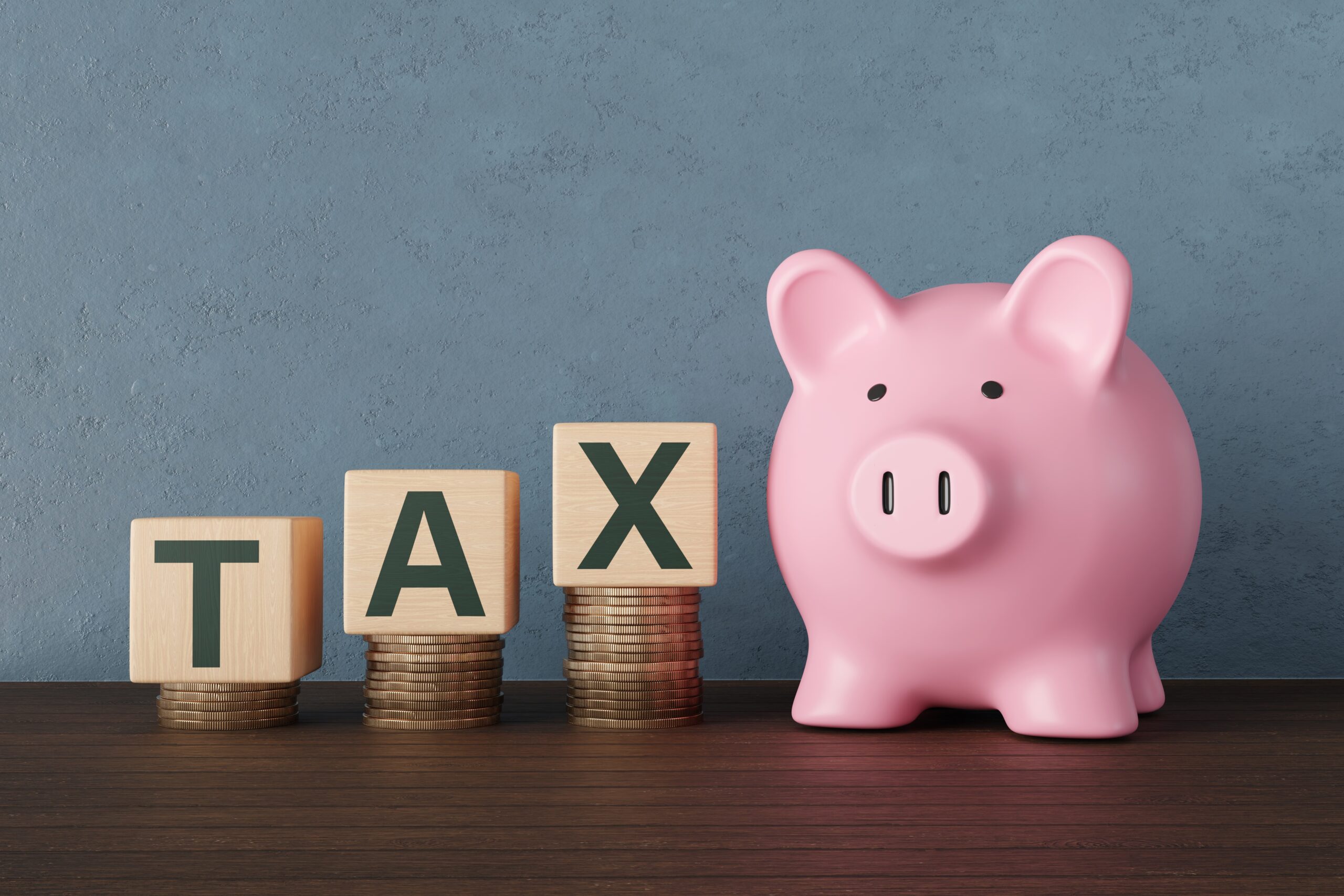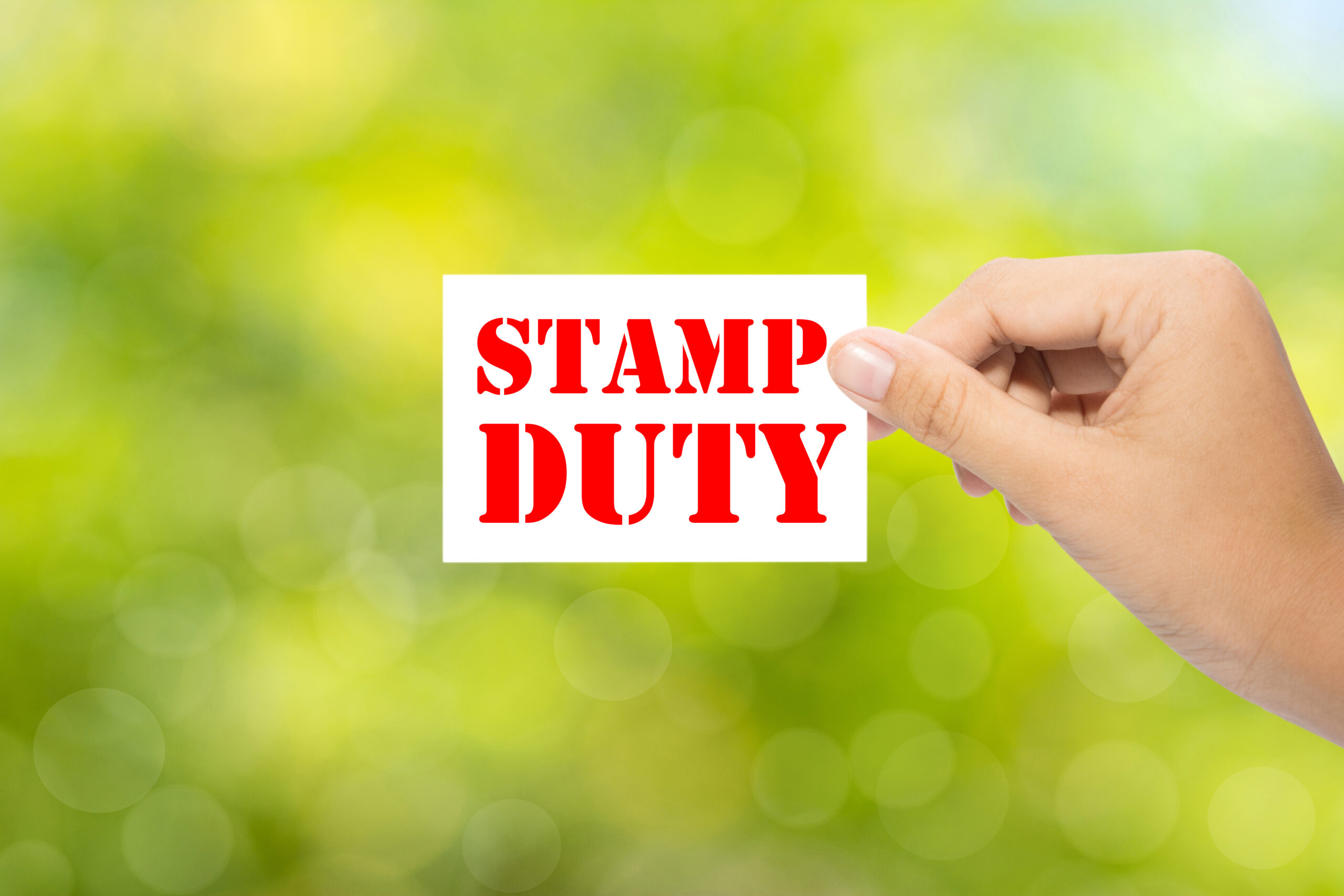
Can landlords claim a Stamp Duty rebate?
02-07-2025 | FinancialWhen buying a property in England or Northern Ireland, landlords are required to pay Stamp Duty Land Tax (SDLT) – and in most cases, this includes an additional 3% surcharge on top of standard rates. For many landlords, it’s a painful but unavoidable cost of doing business.
But here’s the good news: in certain situations, you might be entitled to a landlord Stamp Duty rebate, potentially worth thousands of pounds.
This article will tell you when rebates might be available, who can get them, how to make a claim, and how to make sure you don’t miss out on tax you paid too much.

Understanding Stamp Duty for landlords
Stamp Duty is a tiered tax paid on property purchases, with higher rates applied to additional properties such as buy-to-let investments.
For landlords, the most relevant points are:
- Standard SDLT rates apply to all buyers for properties above the threshold (currently £250,000 until 31 March 2025).
- Additional property surcharge of 3% applies to most landlords, calculated on the full purchase price.
- The surcharge applies whether the property is bought outright or with a mortgage.
However, mistakes can happen – and sometimes the rules create opportunities to reclaim overpaid tax. That’s where a landlord stamp duty rebate comes in.
For full SDLT rate details, visit GOV.UK’s Stamp Duty page.
When can landlords claim a Stamp Duty rebate?
There are several legitimate situations where landlords can reclaim part or all of their SDLT payment.
1. Selling your main residence within 36 months
If you purchased a property before selling your previous main residence, HMRC automatically charges the 3% surcharge. Even if your long-term plan was to replace, not add to, your main residence.
If you then sell your old home within 36 months of buying the new one, you can apply for a refund of the surcharge.
Example:
- You own your home and buy a new property for £300,000 before selling your old one.
- You pay the additional 3% surcharge (£9,000).
- Six months later, you sell your old home.
- You can now reclaim the £9,000 from HMRC.
Important: If exceptional circumstances (such as COVID restrictions) prevented you from selling in time, HMRC may still consider a refund if you sell as soon as reasonably possible.
2. Multiple dwellings relief (MDR)
Multiple Dwellings Relief applies when a single transaction includes more than one separate dwelling. For landlords, this could be:
- A group of apartments
- A house with an annexe that is separate from the main residence
- A structure combining both residential and commercial spaces
If you qualify for MDR, your SDLT is based on the average price of a home, which usually means a much smaller charge. If you didn’t claim MDR at the time of purchase perhaps due to oversight or solicitor error, you may still be able to claim it.
3. Mistaken surcharge payments
In some cases, the 3% surcharge is paid in error, such as when:
- The landlord is buying their only property (not an additional one)
- The purchase is replacing the main residence and no other properties are retained
- The property is non-residential or mixed-use (different SDLT rules apply)
Overpayments like this are more common than many landlords realise, especially when solicitors apply the surcharge “just in case” to avoid penalties – only for the landlord to later discover it wasn’t owed.
4. Change in property use or ownership structure
SDLT is based on the property’s use and ownership at the time of purchase. A rebate may be triggered if either changes:
- From residential to non-residential – The SDLT rate may be lower if you bought a home and then quickly turned it into a business.
- Company to personal ownership (or the other way around) – Some deals between people who are connected can be looked at again.
This is less common but worth exploring with a tax specialist.
How to check if you’re eligible
Before submitting a claim, review your circumstances carefully:
- Did you sell your main residence within 36 months of buying another?
- Did your purchase include more than one dwelling?
- Was the 3% surcharge applied correctly?
- Has the property’s use or ownership structure changed since purchase?
A solicitor or property tax adviser with SDLT experience can help you confirm eligibility and avoid wasted applications.
How to apply for a landlord Stamp Duty rebate
The process for claiming a rebate is handled by HMRC.
Step 1 – Gather your documentation
You’ll need:
- SDLT return form (submitted at purchase)
- Proof of purchase and sale dates (contracts, completion statements)
- Evidence of multiple dwellings, if applicable
- Proof of change in property use or ownership (if claiming under these grounds)
Step 2 – Submit your claim
You can claim online through HMRC’s Stamp Duty Land Tax refund service or by post.
Step 3 – Explain your case clearly
In your application, specify:
- The reason for the claim (e.g., sale of previous residence, MDR eligibility)
- Dates and property addresses
- Any supporting documents
Step 4 – Await HMRC processing
Most claims are processed within 15 working days, though complex cases may take longer. Refunds are paid directly to your bank account.
Claim deadlines
You must submit your landlord stamp duty rebate claim within:
- 12 months and 14 days of the effective transaction date, OR
- 3 months from selling your previous main residence – whichever is later.
You normally lose the right to reclaim if you miss the deadline, so act quickly.
Common mistakes when claiming
Many landlords fail to secure rebates because of:
- Missing deadlines
- Providing incomplete documentation
- Not explaining eligibility clearly
- Assuming they aren’t eligible without professional advice
Even if you think it’s a long shot, it can be worth checking – rebates can run into tens of thousands of pounds.
Why it matters for landlords
Getting back overpaid SDLT isn’t only about getting back money you lost; it’s also about making your portfolio more profitable. Rebates can:
- Pay for improvements to the property
- Lower the amount owed on your mortgage
- Provide capital for future investments
As experts in landlord insurance, we know that protecting your property means more than just getting insurance. It also means making sure you’re not overpaying taxes and legal fees.
If you think you may have overpaid on SDLT, take the time to investigate. The process is really simple, and if it works, a landlord stamp duty rebate could put thousands back in your account.
At CIA Landlords, we help landlords safeguard their investments with tailored insurance solutions, and we believe in helping you keep more of your money working for you. For expert advice and competitive landlord insurance quotes, call us on 01788 818 670 today.
We won't be beaten on any like for like landlord insurance quote.
Get a quote

